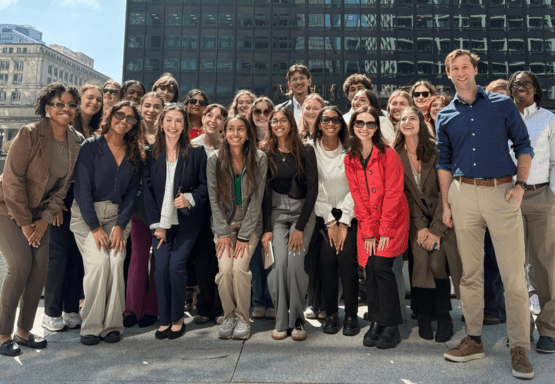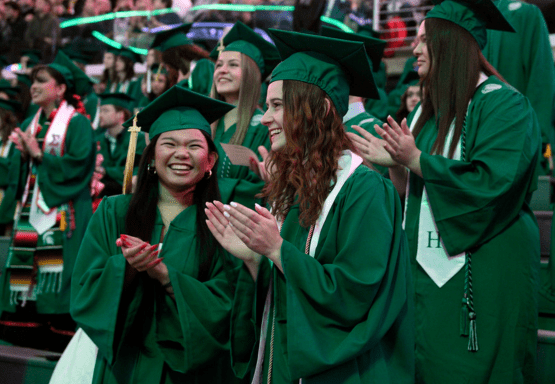myrah rafiah beverly is a senior majoring in comparative cultures and politics with minors in in Korean and Spanish. myrah mainly enjoys writing poetry and making comedy skits with her younger sister that will never reach the air. She is currently an RA in Case Hall and a research assistant for Assistant Professor Amanda Flaim.
I knew Dubai for its opulent and luxurious lifestyles decorated with skyscrapers and private beaches. Women wore black niqabs for modesty but still wore the newest Versace and designer bags. Men wore headscarves like the Bedouin nomadic sand-dwellers but went home to mansions with a Rolls Royce in the driveway. As someone from more than humble beginnings in a mobile home and wearing second-hand clothing, I was afraid to touch such shimmering creations, in case it breaks, or it is all a mirage.
The feeling of fearful wonder did not disappear when I visited Dubai for the first time. Even the airport floor was a blazing white; it looked as if you could keep running and running and still not find the end. Architectural marvels like the Burj Khalifa, the world’s tallest building, and Cayan Tower, a spiral building on the edge of the Marina fill the skyline.
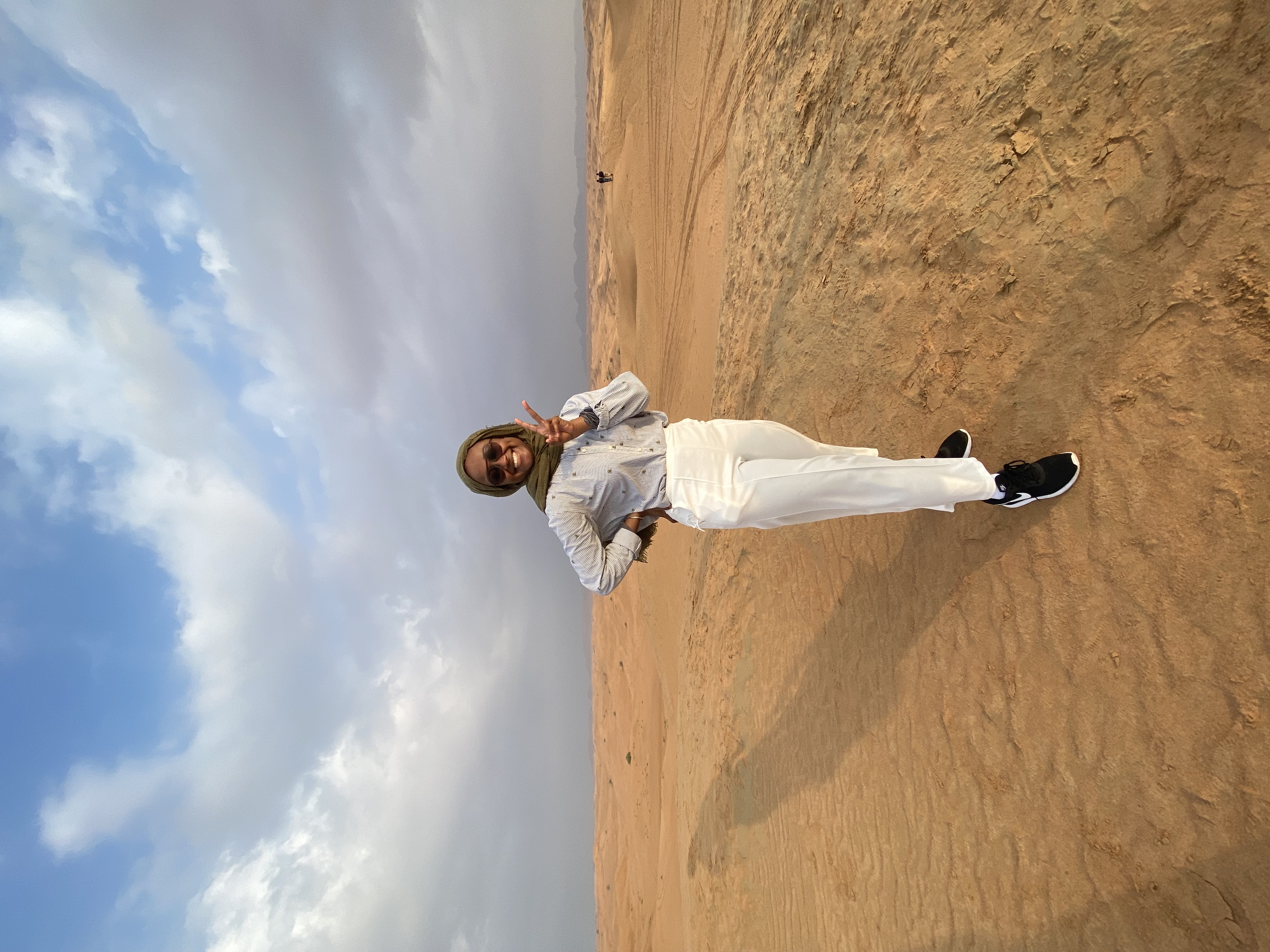
Parts of the city could be mistaken for Times Square, Las Vegas, downtown Chicago, or Miami, but Dubai is in a league of its own. On the first day of our trip, I saw the nightly fountain show outside the Burj Khalifa. The building lit up blue and purple, and “La Vie en Rose” played as the water danced like ballerinas. On the last day of the trip, during a drive back to Dubai from Sharjah, I witnessed the Burj light up again from kilometers away. The goosebumps up my arms returned, and I even resisted blinking to miss a moment of the show. In these moments, it's easy to forget the roads were once sand, and the sand was once underwater.
Above all, I was determined to learn more about the foreigners in Dubai who constitute a mighty 90% of the population. The hotel staff, restaurant workers and even our tour guide were South Asian or Southeast Asian. Dubai brags about harmonious diversity, yet the discrimination against foreigners is clear. An Arab officer checking the vaccination cards and PCR tests at the border of Abu Dhabi did not believe my two IDs were mine nor did he believe a Mexican classmate was an American citizen. Passing through the narrow markets of Old Dubai, Desi men would hilariously call out “Obama” or call me “Nicki Minaj.” Their ignorance did not enrage me, instead, it reminded me of Malaysia and Singapore where Asian women would touch my brown skin without consent, and my own family would call me “negro.”
My appearance as a Black woman wearing a hijab allowed me to float in the space between tourists and foreigners. Africans often approached me to discover our innate connection: Are you from Kenya? Igbo? Where is your dad from? What is his name? Then, when Muslim women greeted me with a sincere “Assalumualaikum,” we were bound in sisterhood. I wasn’t proficient enough in Arabic to have a conversation, but when one added ‘Inshallah,’ ‘Ya’allah,’ ‘Mashallah,’ or ‘Wallahi,’ it sparked nostalgia for home and family. This is not to say I belonged: My visit had an end date. But I would love the opportunity to return to look past the gilded cityscape to learn further about the lives of non-Emiratis.
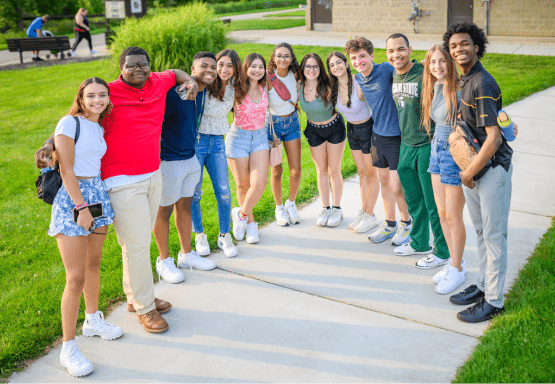
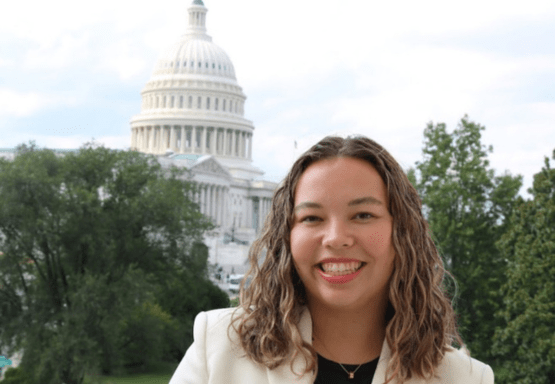
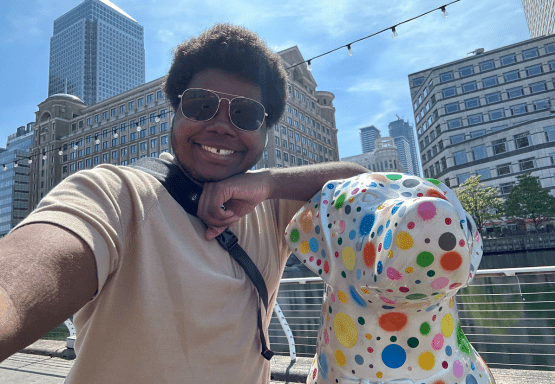
.png?h=384&iar=0&w=555)
